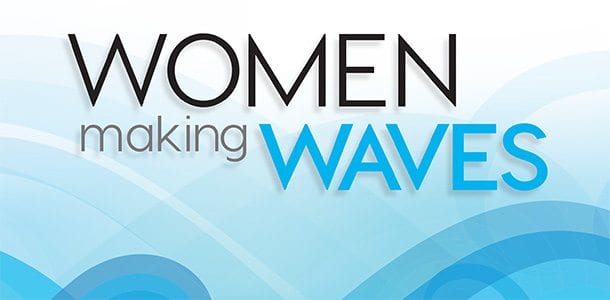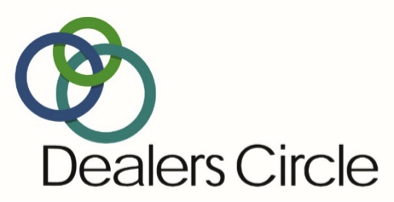Growing a new Navico
Marine electronics powerhouse Navico Holding AS is eliminating its use of the Navman brand and moving those marine products to its Northstar brand.
Don’t misunderstand. This isn’t the first in a series of brand consolidations, according to Jens-Thomas Pietralla, Navico president and CEO.
The reason for its Navman decision comes down to a lack of control over the brand.
While Navico acquired the Navman marine business from Brunswick Corp., the Navman automotive business was sold to another company. That company has continued to use the Navman brand, and Navico therefore felt it was important to make a change rather than confuse consumers.
Navico is actually quite committed to maintaining the independent strength of each of the marine brands it has built up over the past few years, says Pietralla. [Its brands now include B&G, Simrad, Lowrance, Eagle, Navman, Northstar and MX Marine, the latter of which falls under Simrad.] For evidence, just take a look at February’s Miami International Boat Show exhibits. Simrad, Lowrance and Northstar each had their own distinct booths.
Navico’s house of brands strategy is intended to keep those who focus on each of the brands from getting distracted by the others — that includes the product management teams and marketing personnel, explains Pietralla.
With that said, by buying up so many brands, Navico does want to achieve certain efficiencies. Therefore, its finance, manufacturing, R&D, logistics and warehousing is being centralized. For example, while the company was previously manufacturing by brand, now it’s making those decisions based around each plant’s capacity. As a result of that analysis, the company closed down two manufacturing sites in Europe last year.
And it’s consolidating its suppliers and technology. For example, each of its brands offers a complete product line-up, but differently branded product may share the same backbone, including things like cables. Those similarities have a side benefit of making installation easier for those working across Navico’s product lines. In addition, through its brands, Navico can work with customers and boat designers around the world, and that knowledge can be used to benefit the entire group.
Part of Navico’s integration process has involved creating a uniform value set across the company called the 5 Cs. Those include customer satisfaction, a culture of passion and performance, collaboration, a commercial edge and credibility and integrity. The house of brands concept may not sound like it meshes well with collaboration, but Pietralla says that’s where the company’s Center of Competence comes in. That’s basically Navico’s R&D operation, which is based around technologies, not brands.
Perhaps the biggest advantage of the size to which Navico has grown
is its ability to take its combined resources and invest in innovation, according to Pietralla. Just look at the numbers. The company has launched 67 new products over the past year, and it expects to take market share as a result of that investment.
It also allows the company to offer one-stop shopping for OEMs. Those that own multiple boat brands, for example, can match different Navico brands with each of their boat lines. That’s what Brunswick has been doing. When Navico purchased Navman and MX Marine from Brunswick, it formed a supply agreement with the company, giving both parties stability, according to Pietralla. And, in fact, Brunswick recently converted more of its brands to Navico equipment.
Added up, all of these factors have kept Navico’s sales from dipping despite the softness in new boat sales. And as it makes more improvements, the company expects to see further growth. Those improvements include an investment in new product lines, better operational performance, new customer care initiatives and improved Internet offerings.
SIDEBAR:
A new future
Jens-Thomas Pietrella, Navico Holding AS president and CEO, identifies four industry trends.
1. More electronics per boat, especially per small boat. Pietralla points out, for example, that the value of cars’ electronic systems has increased from 10 percent to 30 percent of the car’s total value. He expects the same trend to occur within the boating industry.
2. More integration of systems.
3. More focus on design. Pietralla says many boat
dashboards today look like “big chunks of plastic arranged arbitrarily.”
4. Better usability. Pietralla says marine electronics will become more intuitive through technologies like
touch screens.




